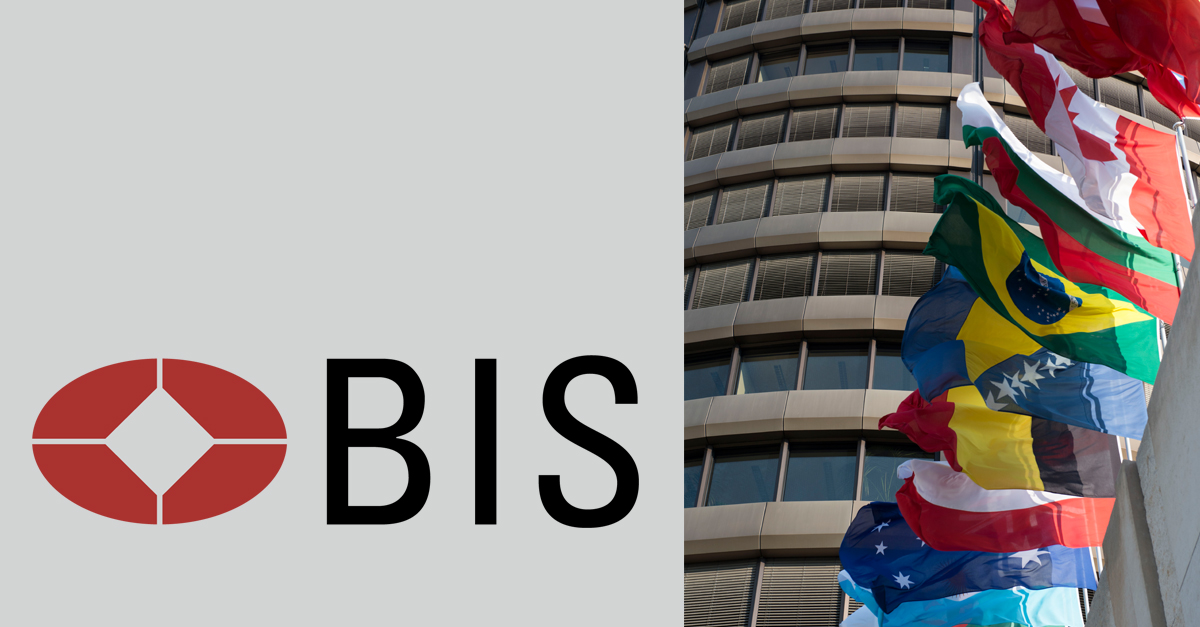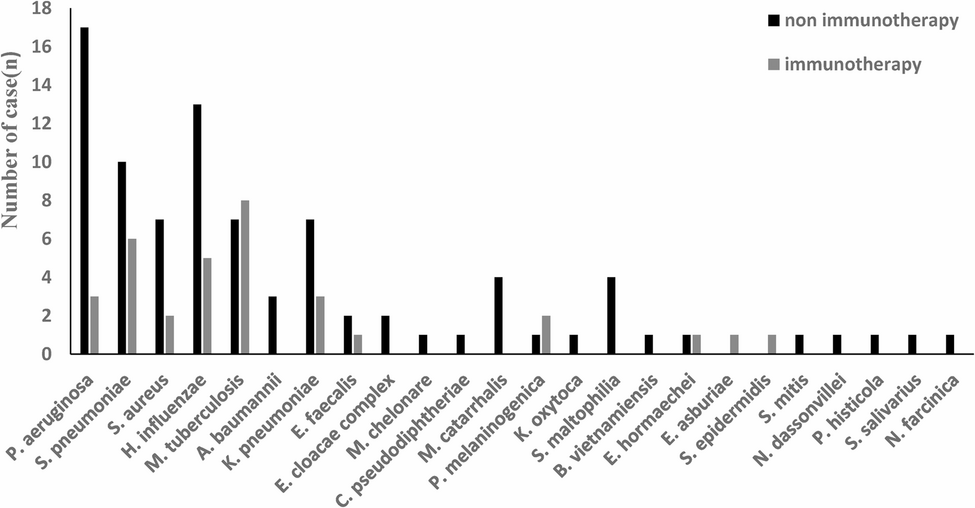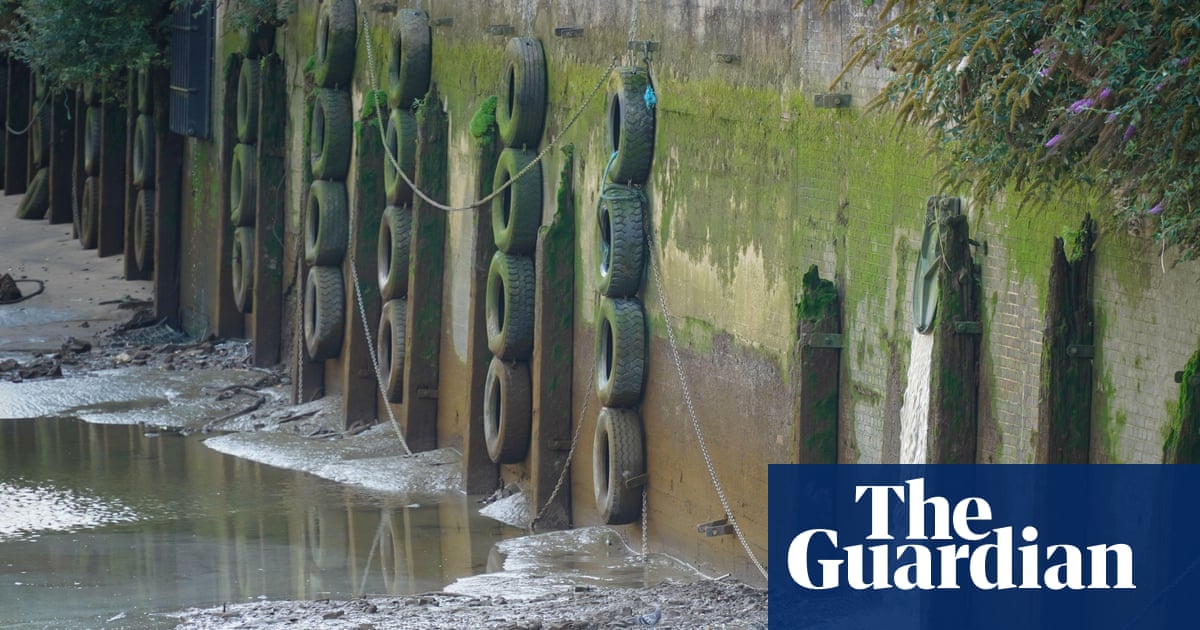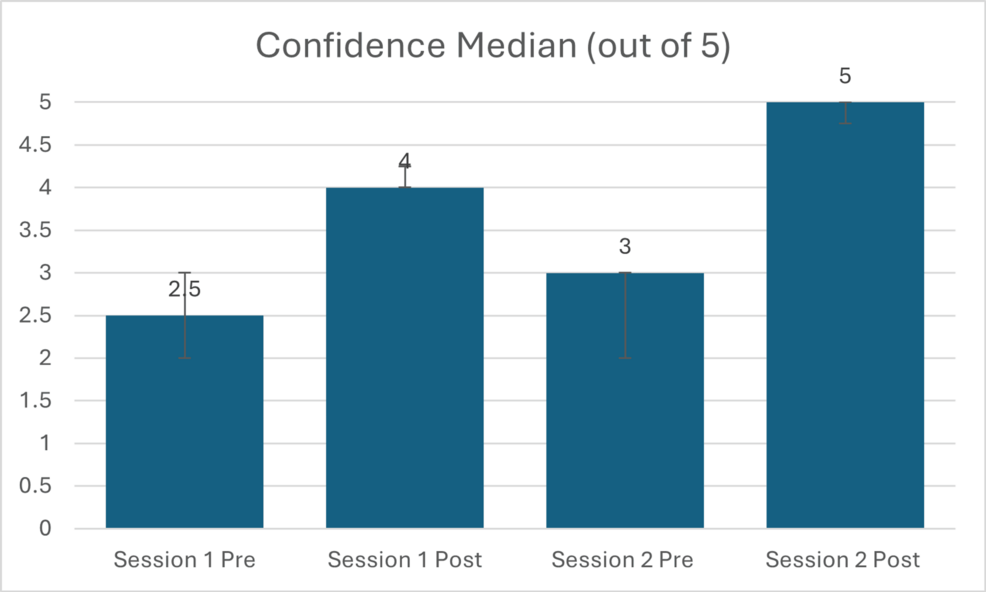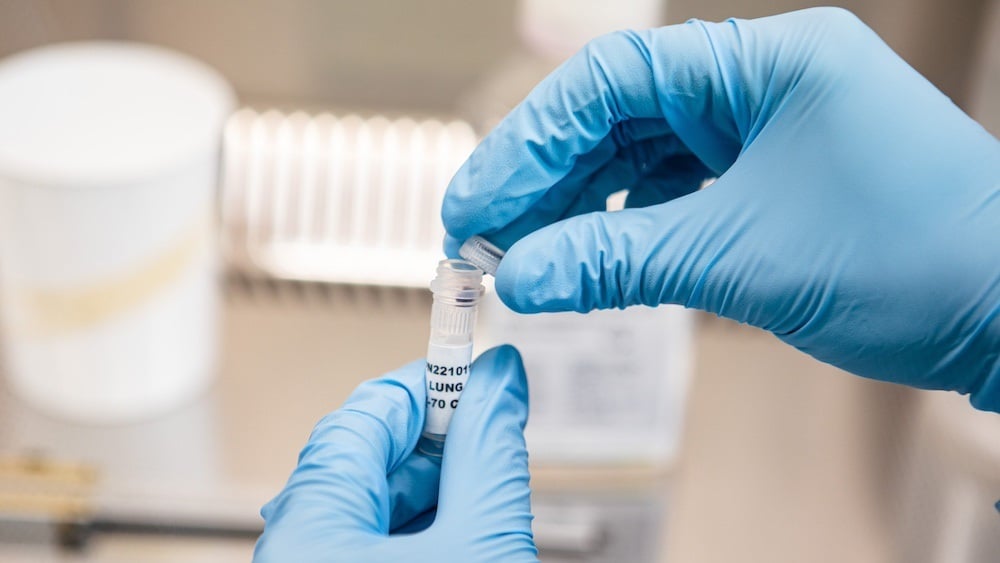- Basel III risk-based capital ratios increased in the second half of 2024.
- Banks’ leverage ratio and Net Stable Funding Ratio remain stable while Liquidity Coverage Ratio decreased.
- Dashboards offer new features to explore results.
Basel III risk-based capital ratios increased while leverage ratios and Net Stable Funding Ratios (NSFRs) remained stable for large internationally active banks in the second half of 2024, according to the latest Basel III monitoring exercise, published today.
The report, based on data as of 31 December 2024, sets out trends in current bank capital and liquidity ratios and the impact of the fully phased-in Basel III framework, including the December 2017 finalisation of the Basel III reforms and the January 2019 finalisation of the market risk framework. It covers both large internationally active banks (Group 1) and other smaller banks (Group 2). See note to editors for definitions.
The implementation of the final elements of the Basel III minimum requirements began on 1 January 2023. At the end of the second half of 2024, the average impact of the fully phased-in final Basel III framework on the Tier 1 minimum required capital (MRC) of Group 1 banks was +2.1%, compared with +1.8% at end-June 2024. Group 1 banks report no regulatory capital shortfall, compared with €0.9 billion at end-June 2024.
The monitoring exercise also collected bank data on Basel III liquidity requirements. The weighted average Liquidity Coverage Ratio (LCR) decreased compared with the previous reporting period to 134.8% for Group 1 banks. Three Group 1 banks reported an LCR below the minimum requirement of 100%.
The weighted average NSFR was stable at 123.7% for Group 1 banks. All banks reported an NSFR above the minimum requirement of 100%.
The report is accompanied by interactive Tableau dashboards, offering users an intuitive way to explore results. New features enhance usability, while expanded explanatory text provides deeper insights into topics such as risk-based capital and operational risk. For the first time, users can also download the underlying data directly from the dashboards.
Note to editors
Through a rigorous reporting process, the Basel Committee regularly reviews the implications of the Basel III standards for banks and has been publishing the results of such exercises since 2012.
The results shown for “current Basel III framework” reflect the current jurisdictional standards that apply to the reporting banks as of 31 December 2024, which reflect different degrees of implementation of the Basel III reforms. The Basel III implementation dashboard provides an overview of Basel III implementation status across jurisdictions. The results shown for “fully phased-in final Basel III framework (2028)” assume that the positions as of 31 December 2024 were subject to the full application of the Basel III standards. That is, they do not account for transitional arrangements set out in the Basel III framework, which expire on 1 January 2028. No assumptions were made about bank profitability or behavioural responses, such as changes in bank capital or balance sheet composition. For that reason, the results of the study may not be comparable with industry estimates.
Data are provided for 176 banks, including 116 large internationally active banks. These “Group 1” banks are defined as internationally active banks that have Tier 1 capital of more than €3 billion and include 29 institutions that have been designated as global systemically important banks (G-SIBs). The Basel Committee’s sample also includes 59 “Group 2” banks (ie banks that have Tier 1 capital of less than €3 billion or are not internationally active).
The values for the previous period may differ slightly from those published in the previous report. This is caused by data resubmissions for previous periods to improve the underlying data quality and enlarge the time series sample.
